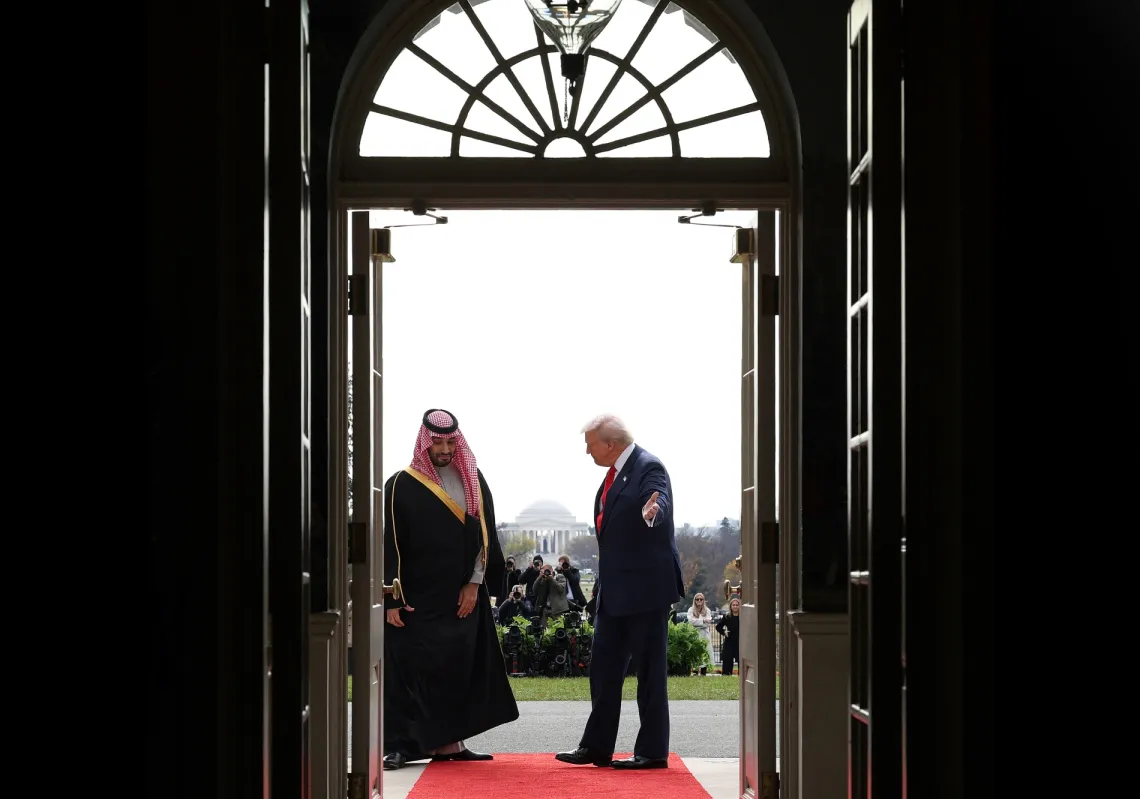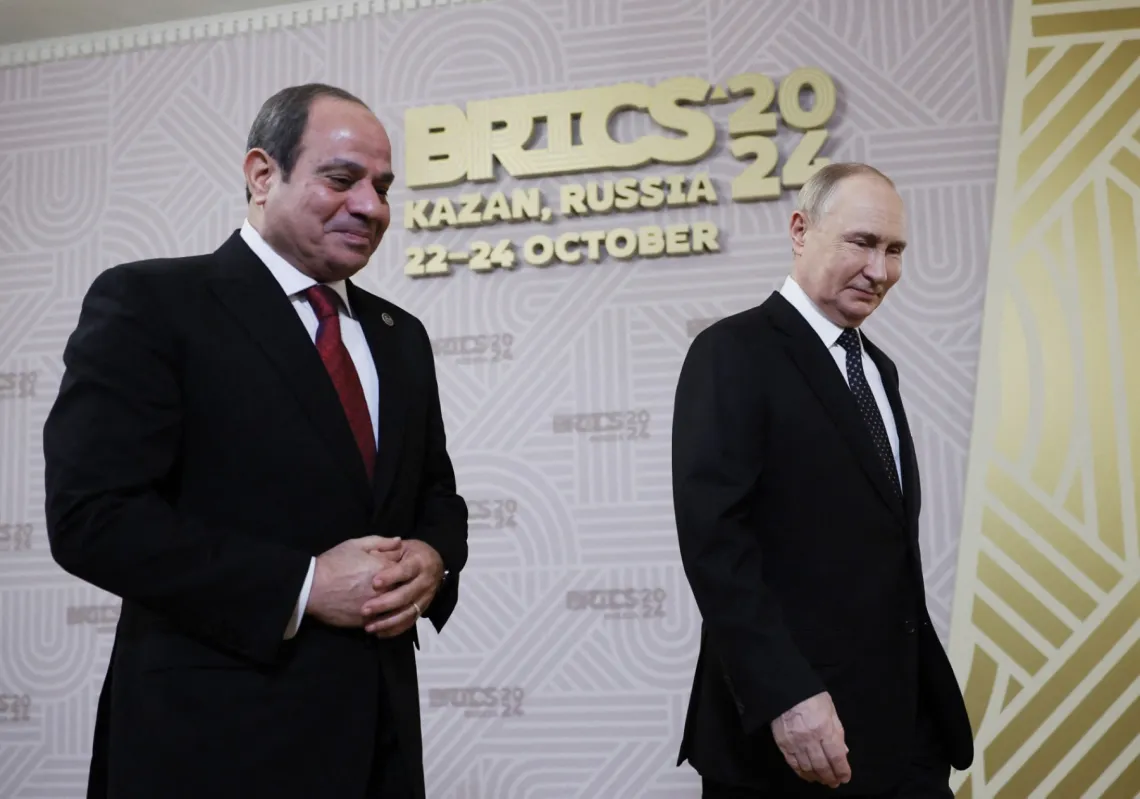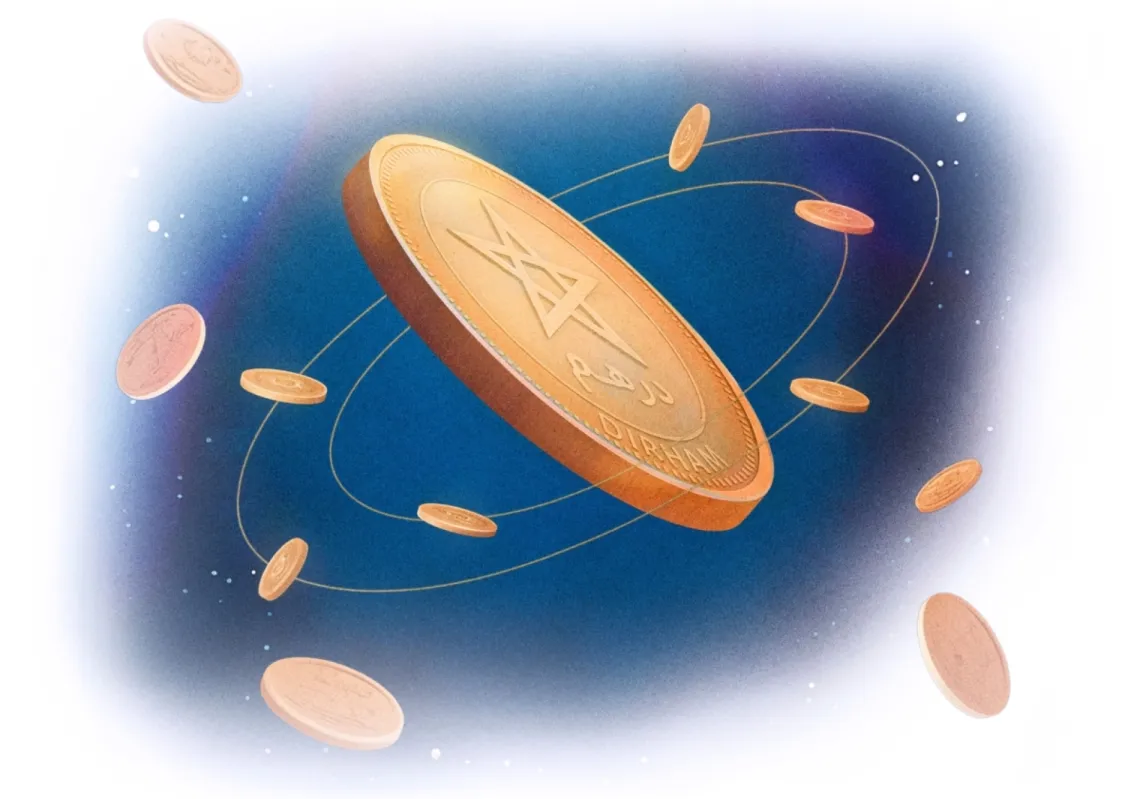A series of natural gas discoveries have helped Saudi Arabia move toward a bigger role in the global market for the commodity and helped it become less reliant on liquid fuel for domestic energy.
Increased gas production has broadened the country’s energy mix at a time of rising domestic demand. Utilising natural gas fields is covered by the Vision 2030 policies, designed to diversify the Kingdom’s economy and prepare it for a post-oil world, in which less traditional liquid fuel will be used, and energy efficiency will increase.
Saudi Arabia plans to be a leading supplier of clean hydrogen globally based on its enormous gas reserves. It is focused specifically on producing blue hydrogen, a gas seen as the key to energy transition because it releases zero carbon.
Key infrastructure and potential foreign investment
The Kingdom’s ambitions for the global market come at a time of high local demand. It is the largest gas consumer in the Middle East, using the commodity to generate electricity and as an input in the ever-growing petrochemical industry.
As consumption grows, investment in infrastructure has increased. Around 4,000 kilometres of pipelines have been added to the main gas distribution network. The grid is a vital part of the Kingdom’s diversification plans, shifting electricity production away from oil and liquid fuels.
And a bigger grid throughout the Kingdom brings export markets to neighbouring countries nearer. As the Kingdom gets ready to develop the significant potential of the Al-Jafurah Gas Field, the expansion into export markets could attract foreign investment.
Saudi Arabia has the world's lowest oil production cost – at about $3 per barrel; this has helped Saudi Aramco become the world's largest profitable energy company and the most financially resilient.
Also, the additional coat of tapping associated with gas from the oil fields is minimal. The cost of producing gas from shale reserves – known as “non-associated” gas in the industry – will differ greatly.













